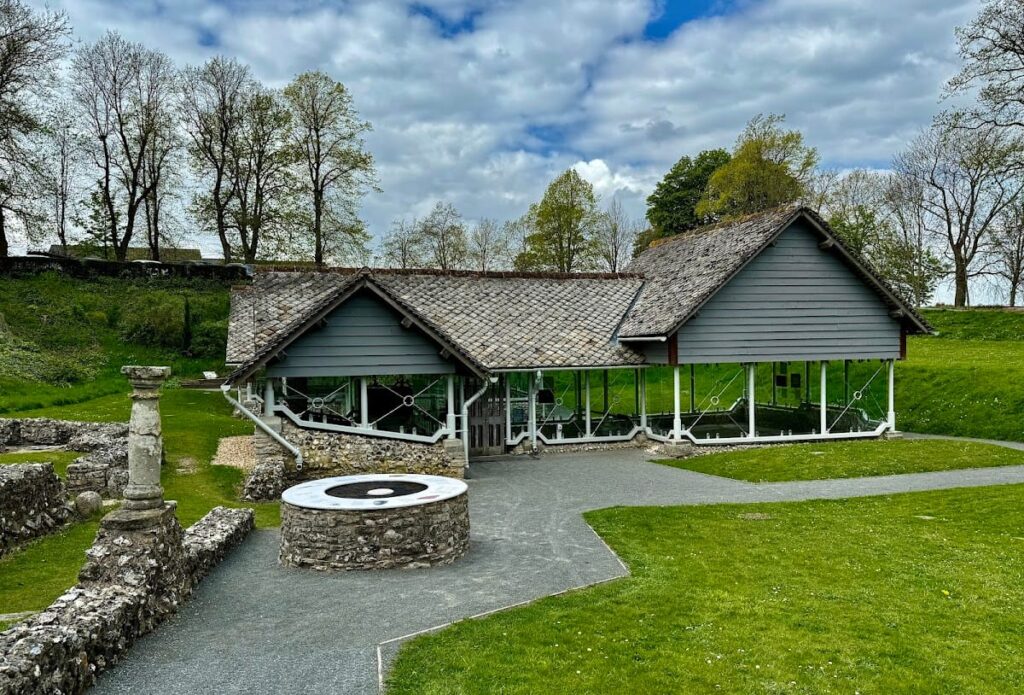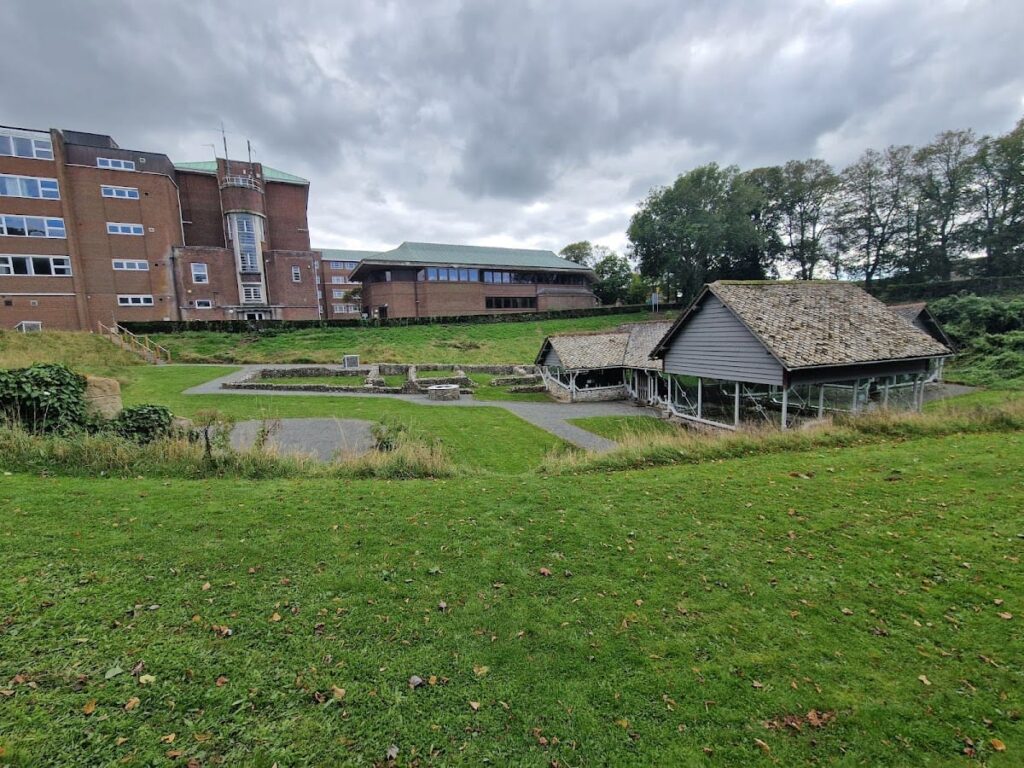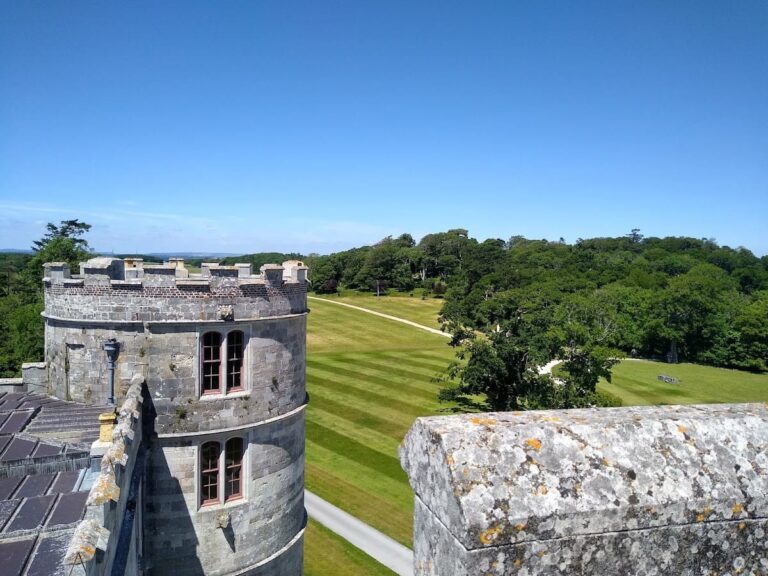Roman Town House, Dorchester: A Glimpse into Roman Britain
Visitor Information
Google Rating: 4.5
Popularity: Very Low
Google Maps: View on Google Maps
Official Website: www.dorsetmuseum.org
Country: United Kingdom
Civilization: Roman
Remains: Domestic
History
The Roman Town House in Dorchester, located in Dorset, England, was built by the Romans during their occupation of Britain. The initial construction dates to around 307 AD, placing it in the later Roman period when Dorchester was a large settlement known as Durnovaria.
Around 341 AD, the house underwent expansion. The site remained part of the Roman urban landscape, situated near important features such as the town walls and the Maumbury Rings amphitheatre.
The house was eventually abandoned as Roman control in Britain declined in the early 5th century. Over time, the site was buried and forgotten until its rediscovery in the 20th century.
Remains
The Roman Town House consists of two main sections arranged in a roughly L-shaped layout. The South Range, comprising rooms 1 to 7, survives as foundations made of flint and stone. These remain visible on the grass-covered site, outlining the original footprint of the building.
The West Range, containing rooms 8 to 18, is notable for its well-preserved mosaic floors and an underfloor heating system known as hypocaust. This part was re-excavated between 1996 and 1999 and is protected by a modern steel and glass structure with a stone-tiled roof. The mosaics and heating system remain visible, illustrating Roman domestic comfort and decorative art.
A terracotta Gorgon head antefix, a decorative roof tile featuring a mythological figure meant to ward off evil, was found at the site. The house is bordered by North Walk and West Walk, which follow the line of the Roman town ramparts.
Today, the South Range exists as partial wall remains, while the West Range is preserved under shelter to protect its mosaics and archaeological features.










